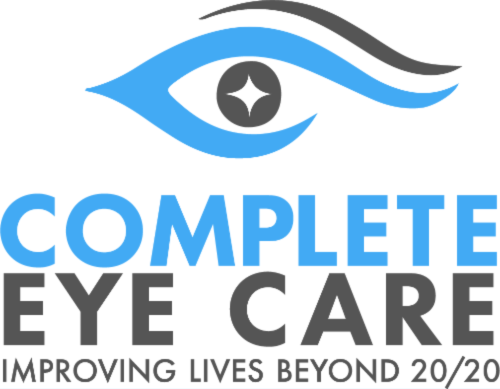 Just about everybody knows how dangerous smoking can be for the lungs and heart. But did you know that its impact on vision can be just as bad?
Just about everybody knows how dangerous smoking can be for the lungs and heart. But did you know that its impact on vision can be just as bad?
Myopia (nearsightedness), on the other hand, is often seen as borderline harmless, simply requiring correction with glasses or contact lenses. As it gets worse, you simply have to update the prescription, right? In reality, it can seriously increase your child’s risk of future eye disease. The worse their myopia, the higher their risk.
Both myopia progression and smoking increase the chances of developing serious eye diseases that can lead to vision loss. But how do they compare? And are there ways to minimize or manage the risk to your vision and eye health associated with either of them?
Comparing Smoking and Myopia Progression
Cataracts
Cataracts occur when proteins in the lens begin to clump together, causing hazy or blurred vision. Without treatment, cataracts can result in total blindness in the affected eye. Advanced age, obesity, injury to the eye, high myopia, and smoking can all contribute to the onset and severity of cataracts.
According to recent studies, smokers are twice as likely to develop cataracts than non-smokers.
By comparison, children with medium to high myopia are as much as five times more likely to develop cataracts later in life than children without myopia.
Macular Degeneration
According to our Belmont eye care experts, the largest controllable factor that contributes to the development of macular degeneration is smoking. This is backed up by studies that show that people who smoke are up to four times more likely to develop macular degeneration than those that don’t smoke at all.
Macular degeneration caused by myopia, known as myopic macular degeneration (MMD), results from the severe eye elongation and retinal stretching seen in high myopia. This can do critical damage to your macula (the small portion of the retina responsible for detailed central and color vision), leading to significant vision loss. The higher the myopia, the greater the risk of developing MMD.
Retinal Detachment
Uveitis — an inflammation of the uvea (the eye’s middle layer)--- is often associated with the many harmful chemicals that enter the body from smoking. This can cause retinal detachment, which separates the retina from the layers beneath it. Significant central vision loss, light flashes, floaters and blindness are all possible outcomes. Smoking more than doubles the chances of developing this condition.
Myopia also increases the chances of this condition. A child with mild myopia is 21 times more likely to develop retinal detachment later in life, and a child with high myopia is a whopping 44 times more likely!
Glaucoma
Glaucoma is one of the leading causes of blindness across North America. It happens when fluid within the eye places pressure on the optic nerve, damaging it. A number of conditions linked to smoking, such as high blood pressure and diabetes, are known to contribute to glaucoma development and progression.
Similarly, children with medium to high myopia are up to five times more likely to develop glaucoma than children without.
How Can Myopia Management Help Protect Your Child’s Vision?
As we’ve seen above, myopia progression is as dangerous for vision, if not more so, than smoking. Adults can minimize their risk by avoiding smoking and help their child by bringing them in for a myopia management evaluation.
Protect your child’s long-term vision and eye health. Contact the Myopia Control Center at Complete Eye Care or give us a call at 704-825-9002 today to see how we can help.
